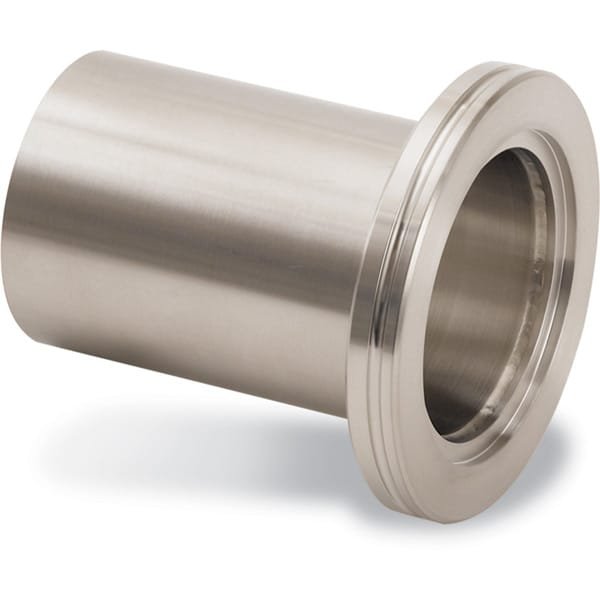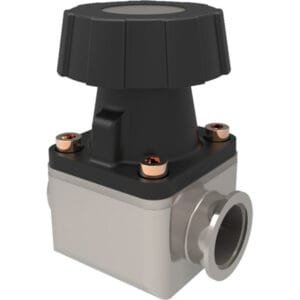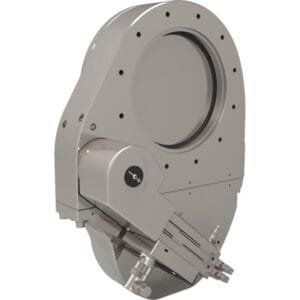ISO-K HV Half Nipples: Clamp-Style Single-Flange Connections for High-Vacuum Systems
ISO-K HV Half Nipples from TFM are robust, precision-fabricated components used in high-vacuum (HV) systems for modular or welded line construction. Each half nipple features one ISO-K flange on one end of a 304L stainless steel tube, while the other end is left open for welding or adaptation—making it an ideal solution for system extensions, chamber ports, or foreline connections.
The ISO-K flange, part of the Large ISO standard, is designed for clamp-fastened connections using centering rings and o-rings. This allows for fast, tool-less assembly, making ISO-K HV Half Nipples well-suited for reconfigurable vacuum setups and quick-service designs.
Key Features of ISO-K HV Half Nipples:
304L Stainless Steel Tubing
Delivers exceptional vacuum compatibility, corrosion resistance, and mechanical strength—ideal for cleanroom, semiconductor, and R&D environments.Single ISO-K Flange Interface
The clamp-style ISO-K flange enables quick, reliable assembly with centering rings and elastomeric o-rings, supporting vacuum levels down to 10⁻⁸ Torr.Weld-Ready Open End
The opposite end is plain for orbital welding or custom termination, offering flexibility in vacuum system layout or direct chamber integration.Standard and Custom Configurations
TFM offers ISO-K half nipples in common flange sizes such as ISO63, ISO100, ISO160, and ISO200, with options for custom lengths, wall thicknesses, and flange combinations on request.Vacuum-Clean and Leak-Tested
Each unit is helium-leak tested and cleaned to HV standards, ensuring integrity and low outgassing in critical applications.
Applications Include:
Foreline and process line terminations
Chamber port extensions or modifications
Quick-access points for gauges or valves
Weldable transitions to non-flanged system components
Modular vacuum hardware development
TFM also manufactures ISO-K full nipples (dual flanged) and ISO-K reducer nipples (conical or straight), and offers all supporting accessories including ISO quick clamps, centering rings with o-rings, and ISO blanking flanges.
In summary, ISO-K HV Half Nipples offer a clean, flexible, and vacuum-compliant solution for clamp-based ISO flange connections. Their durable stainless steel construction and modular design make them indispensable for both standard and customized high-vacuum configurations.





Reviews
There are no reviews yet.